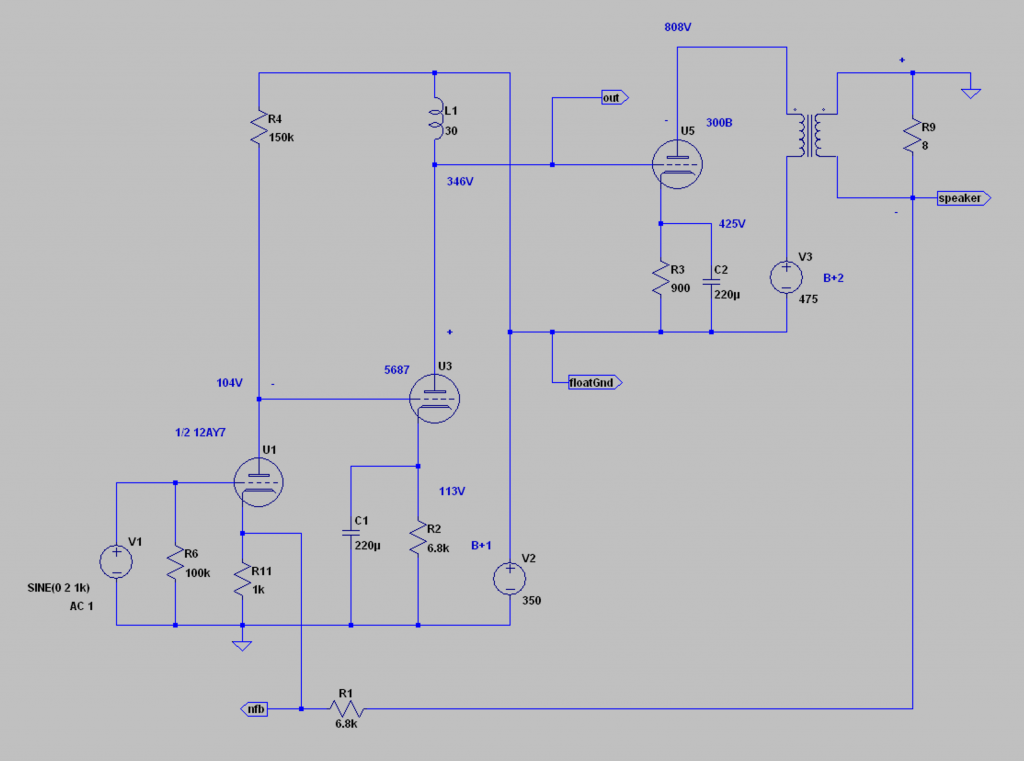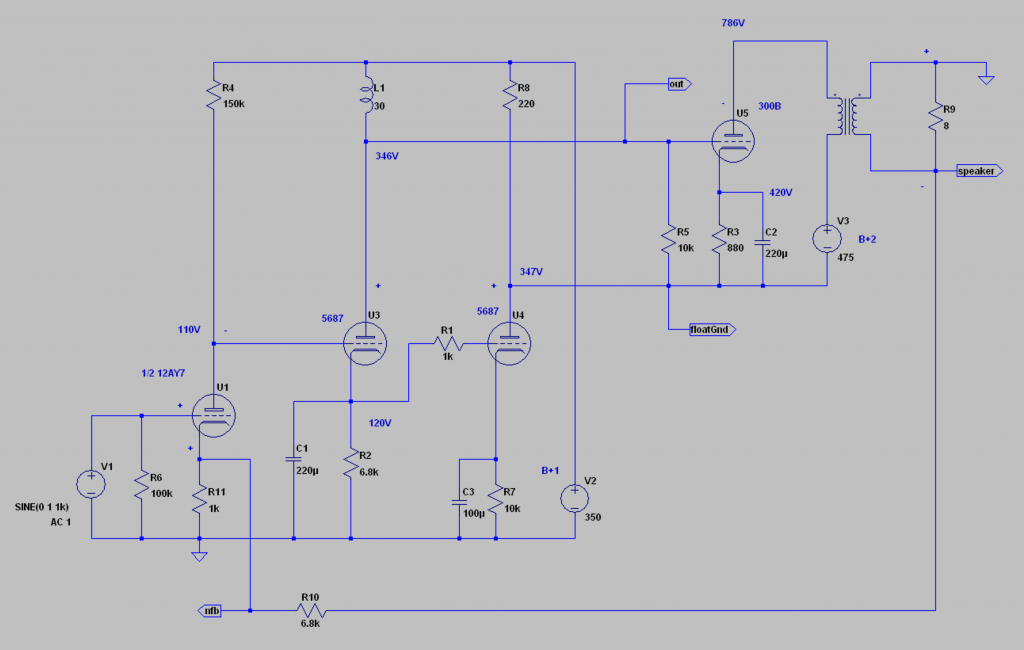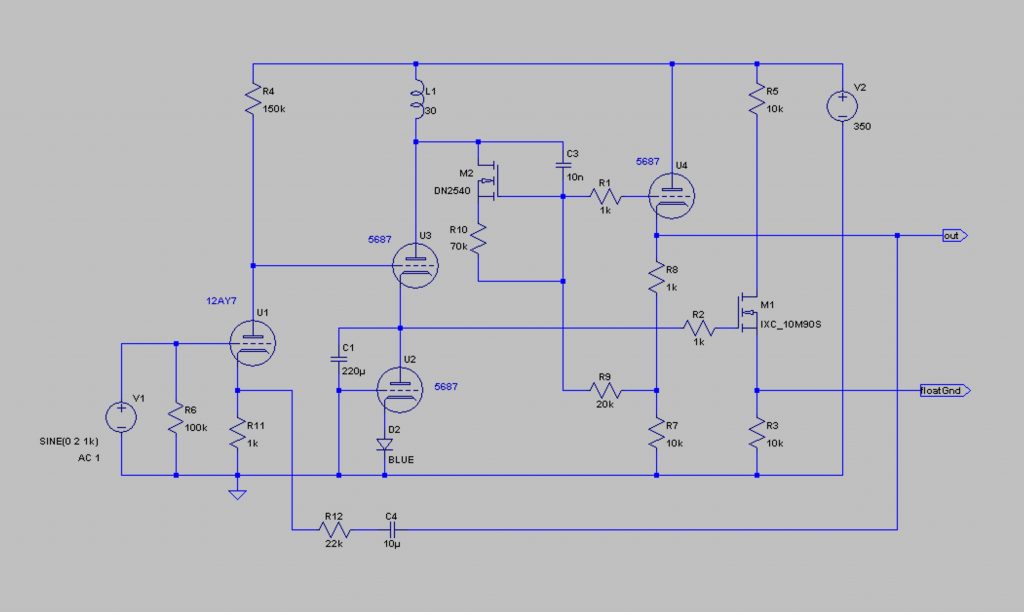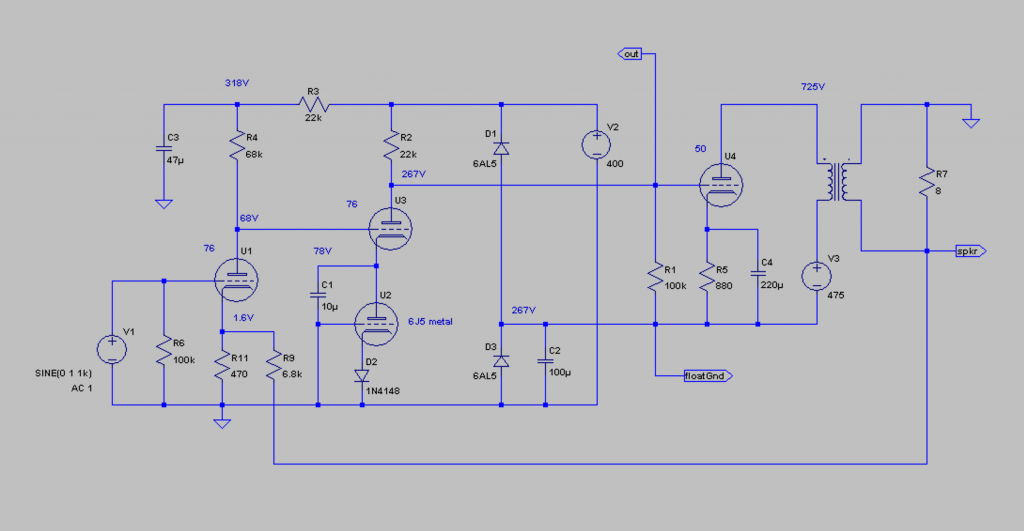
“Over the years I have found that it is difficult if not impossible to bring to consciousness of another person the nature of his tacit assumptions when, by some special experiences, I have been made aware of them. This became painfully evident to me in my attempts during the 1950s to convince geneticists that the action of genes had to be and was controlled. It is now equally painful to recognize the fixity of assumptions that many persons hold on the nature of controlling elements in maize and the manners of their operation. One must await the right time for conceptual change.” (Barbara McClintock, 1973)
i identify, even though i’m not a genius scientist with a disruptive discovery that will change biology and medicine forever. there was both justice and redemption in her winning the Nobel Prize for her work with genetics, and for an awareness of how difficult it can be to challenge mainstream thinking… even and especially among “experts”. she was aware of the importance of her work in the 1950’s, but the world wasn’t ready for her until the 1980s. and now sickle cell anemia may be cured because we know genes can be regulated. she knew. now we do. or, we can know if we care to.
but, this is one of the things we can do for our world. to learn and pass it on so all can benefit. whether or not the world is ready for it now. why wait! if there’s any hope of humanity surviving it’s self destructive tendencies, it lies in this direction. i really look up to McClintock in this way: she worked hard to care for and love her subject! to become totally familiar with her subject… and to especially care for the anomalies. in this way she saw things the “objective research” ignored or avoided because it didn’t fit, or challenged the models. in this way she hopped over many of the “tacit assumptions” that held the science back from seeing right.
as the year comes to a close, i am filled with gratitude as much as horror. the year is over! the possibility of a better year hangs over us collectively, even if much is still terribly sick on surface. Authoritarianism in the USA, Russia and China is still flourishing… misinformation has transformed a general agreement on terms and accounting when it comes to reality. Neoliberalism and it’s sick economics has not been sidelined by the failure of capitalism in face of the pandemic. ignorance and mistrust of science and medicine is perhaps the most personally disturbing feature of this moment, although the village idiot and his minions is still the biggest attraction in the schoolyard… millions have died, many unnecessarily. thankfully, i don’t live in the USA. the nutjobs there can’t get to my family. i don’t live in Russia. i don’t live in China. if i did i might be erased or imprisoned just for being who i am.
but on the other hand, the industrialized world shut down and we didn’t die off! yes it has been difficult and unforgiving… but it has also been shown that we can change, evolve, adapt. and, it could be so much better than this. fairer. more compassionate. we didn’t only see the worst of humanity this year. we also saw some of the best. in many ways, this year may have been a training year for much worse to come, and some of the world’s political offices did their utmost to help! even in the USA, Russia and China.
local activism around the world saw tangible results that have been erased or swept aside by war, politics or economics for years. new business models have altered energy politics and even food production in an unimaginably short time. vaccines for the SARS Cov 2 virus were developed in an unprecedented scale and time. it is obvious to many that there are too many people on the planet and our consumerism, shit and industrial waste are killing off everything else. profit isn’t anything like it’s been shoved down our throats to be. in the name of the various religions (god-worship and money-worship) half the planet seem hell bent on burning down the entire planet. our lack of respect for where and how we live is now the key feature of humanity, even celebrated by the former American president. he isn’t even gone yet and the promise is still for more of all that. China has brutally ended autonomy for it’s “autonomous” regions, silenced it’s critical thinking, and is rapidly expanding it’s empire in the south pacific. it’s burning even more carbon to do it. Russia is at cold war with everyone and selling off it’s natural resources regardless the cost. and finally, tribalism is as defensively expressed as ever… “race” and “nation” are two of the least useful and most abused ideas humanity shares. but many have woken up to the realities of this and seem willing to change… “we” are not as alone or divided as we are told.
i am celebrating the new year with McClintock and Feynman in mind: i prefer questions without answers to answers we can’t question. and i think i want to be better at loving the questions this year. and loving more of us. not all of us… clearly. but more of us. so how can i love the questions more? how can i look at my work and love the failures and anomalies more? can i explain it to someone else without caring too much about the reception? i want to say yes. these are my resolutions.
more direct coupling
i had a discussion with a friend about simple methods for direct coupling tube stages, and i think this might be an opportunity to share some old ideas. for much of the 90’s and into the aughties, my friend and fellow designer, Komuro Noriyasu, and i were more than a little obsessed with 3 stage DC circuits. we tried a lot of different shit! 3 stages with tubes is tricky because the gain increases fast and the DC variations and drift, just from normal operation, can pull a design out of range in hours, or weeks in an uncompensated circuit. not to mention clipping and recovery! this creates the possibility of poor performance and even self destruction. just a loose tube in the socket… or idiot end users who love to tube roll (don’t get me started…), can quickly spell the END of all your hard work. of course one needs to nail down all the moving targets: bias, loading, and power supply stability, or lack there of… and there are many techniques to deal with the loose ends.
i love DC tube circuits. it is a puzzle i enjoy. i am less hateful of coupling caps today than i was back in the 90’s, but i tend to see them as a cheap fix, mainly. and i have an allergic reaction to cap rolling and tweaky material bullshit. i like taking that discussion away from an end user. “no, there’s no caps to change in there!”
the most basic arrangements were dealt with in an earlier post… but a genius 3 stage arrangement might be the example below. Komuro came up with this around 1992 on a napkin at Natori. one of our most beloved hangouts, and it should be immediately obvious how brilliantly simple. and what a clever step up from the “Loftin-White” arrangement with voltage divided bias and reference points. pulling any tube out, on purpose or unintentionally will not harm the amp or tubes. most tube failures will not connect the 800 volts at the plate of the 300B to any of the lower components without some current limiting impedance in the way. in addition, R3 will prevent catastrophic damage in the case of a grid break of the output tube to the plate or cathode. and there are only ever a few volts between the 300B plate and cathode, even if it’s at 350 volts above ground.

please note the freedom from sensitivity to the driver stage power supply… there are only a few hundred ohms in L1. even if your particular driver stage was high impedance and used just a couple of milliamps, and didn’t even have much regulation or reserve current, the self biased 300B output stage is not dependent on the driver stage for it’s operating point… a weakness in the Loftin-White. a 12AX7 or 6SL7 driver stage with 2mA used for both stages (!) could easily have 300 mA floating around up top! you would need a 100H choke for such low current operation, but 2 mA through the driver stage isn’t going make it easier or harder for this circuit to overload and recover. warming up the heaters does not put any extra strain on the output tube either! there are other clever simplifications that make Komuro’s circuit one of the most elegant yet simple high performance designs you can make. this level of design is original badass fierceness straight from one of the best designers around! i have also included the phase and voltage values typical for these components. and a negative feedback loop to demonstrate how and where to put it, if you choose to make it that way. also note that the positive phase of the loudspeaker is grounded because 3 stage amps are naturally inverting. Komuro did not use feedback… he used a 6J5 and a triode wired 6V6 which had just enough gain to do the job. you have enough info here to do whatever you want. i encourage keeping an open mind about the choice of tubes… 6SN7s are okay. but there’s more meat on them potatoes. it pays to play around. please take what works and leave the rest, as they say…

above you can see a method for actively following the movements of the plate. both tubes are in phase and are usually identical, except for how much they can swing, out of phase with the first stage, including through the B+ rail. this reduces the effects of B+1 ripple by the feedback at U4. it is a servo action, although gentle, in the right direction. a dual tube is perfect. the shared heater and envelope ensures the triodes drift together generally. and any movement at the rail of the first stage will tend to be corrected at the plate of U4: the floating “ground” for the output stage. if a plate resistor is used instead of a choke (L1), R8 can be same value so the signal and float ground are at the same DC level.

and here you see two additional techniques that can improve the stability further or be used to shift the level of the DC lower, to keep the stacked B+ under 700 volts or to facilitate further direct coupling. this is sometimes required! U2 is an example of “diode bias”, with the Blue LED used as a current trim. the plate resistance of the diode wired triode creates the bias instead of a resistor. this makes a nice gradual warm up for U3. R2 from the circuit before gets HOT…. and has 120 volts across it. using a tube for the diode drop does several additional beneficial things, and is probably just as hot. it is somewhat self adjusting, like the resistor, but only requires the cap bypass at very low frequencies. the better the diode, the less C you will need. a diode string could be used here! sure, a row of LEDs that equal the drop you require will also work and look like a christmas tree. but, you can adjust the current with the heater voltage in a tube diode! within reason… it is fun to do that! if your level shift is close to the value of one of the voltage regulator diodes, that is also a fun possibility. although you might have to add circuitry for starting… and they make noise. but in terms of safety, nothing beats tube diode bias. pull out or short the upper triode, and there’s always enough current limiting to save your gadget, maybe even without blowing a fuse.
the second interesting technique, which is a little more advanced, but cool as fuck, is current source coupling. the DN2540 is used in this example to make a 24 uA current regulator… which drops the requisite volts to properly bias the next stage. very very little signal is lost across the current source, and what little high frequency loss does occur can be restored with a small cap, C3. i made many circuits using this idea… even level shifting to ground level (you will need a negative supply below the output in that case…)! together with current regulator loading and DC feedback to “lock” a circuit into place and make it generally immune to the power supply. it can come in handy! yes, even triodes can be used this way. but you will need fixed bias to actually regulate the current. “self bias” is compliant! it adjusts… fixed bias does not. here a feedback loop is returned to the cathode of the first stage. this is a technique i like a great deal. a nearly perfect distortionless driver stage driving an output tube open loop. this is fun for really hearing the power tube and output transformer in particular from the rest of the circuit.
M1, the MOSFET level shifting buffer, was always a tube back in the 90’s. MOS doesn’t need a heater… these days i usually reach for the IXYS 10M90S depletion transistor. it can be easily arranged for a range of voltages and one can use either the drain or source depending upon what is most convenient. a “split load” inverter, where equal (or asymmetrical!) load resistors can be used to get the opposite phase or more or less volts between the output and “floating ground” is sometimes preferable to an ordinary source follower. there isn’t a lot of movement normally, and one doesn’t usually want it to move, but if it lowers the effect of ripple in the supply, it can be useful. U4, the level shifting buffer, is a tube here… but could also be the same MOS as the “floating ground” buffer.

and finally here’s one of mine. this one uses two reversed biased tube diodes to create a high Z float, that can be forced to follow the plate of U3 through R1. 100K is nothing compared with the many dozens of Megohms in the “OFF” diodes. i tried to figure out a simple way to get rid of C2, without success, alas. a 10u film cap is usually good enough here, or a 100u electrolytic. depending on how much grid current the output tube pulls, this may need to be larger than 10u. the leakage from electrolytic caps actually helps it slowly float up with the heaters. the original amp used a WE-412A which is a dual with separate cathodes. a 6H6 or 6AL5 would work fine. so would 1N4007s… this was the final version of the “dinosaur 50” from around 1992. two of these amps went to Hong Kong mid 90’s… in a desperate moment. i have no idea what happened to them, but this was my main amp until i started building transmitting tube amps. i think i swapped out the first stage for a 7122.
in any case, i hope there’s enough ideas in here to keep you busy for a little bit. enjoy!
and a better year too us all!
addendum: i have uploaded a video to my YouTube channel, taken by Roberto Marzi, from etf. this was from a lecture on direct coupled circuit techniques. it is not meant to be complete, but to introduce some fundamental tools, and general considerations.